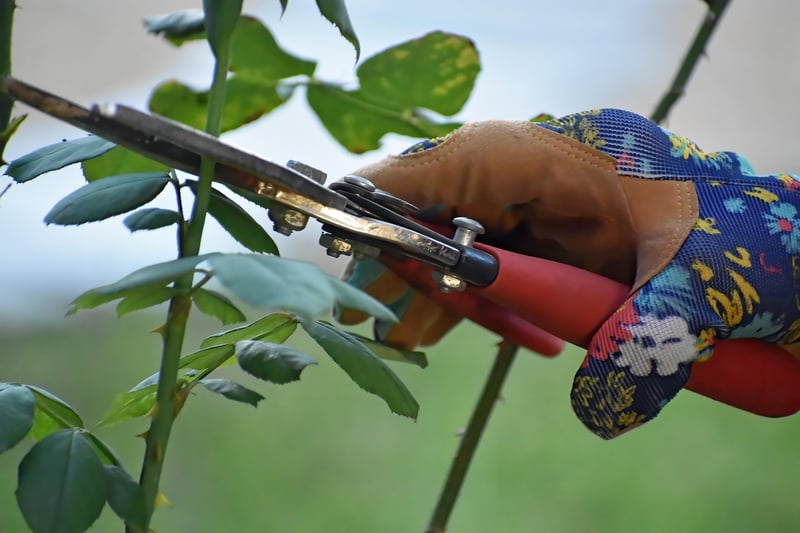Pruning Techniques
Keep Your Garden Thriving with Proper Pruning Techniques
Pruning is an essential task for any gardener looking to keep their garden healthy and thriving. By understanding the proper techniques, you can promote plant growth, improve flowering, and maintain the overall shape and structure of your plants. Here are some tips to help you master the art of pruning and ensure your garden looks its best year-round.
1. Choose the Right Tools
Before you start pruning, make sure you have the right tools for the job. Invest in a quality pair of pruning shears for smaller branches and stems, loppers for thicker branches, and a pruning saw for large branches. Keeping your tools sharp and clean will ensure a clean cut and promote faster healing for your plants.
2. Understand Plant Growth
Before making any cuts, take the time to understand how your plants grow. Identify the different types of buds and branches, such as terminal buds (at the ends of branches) and lateral buds (along the sides of branches). Knowing where and how your plants will respond to pruning will help you make more informed decisions.
3. Prune at the Right Time
Timing is crucial when it comes to pruning. While dead or damaged branches can be removed at any time, it's best to prune flowering shrubs right after they bloom, and fruit trees in late winter or early spring before new growth begins. Avoid pruning during extreme temperatures or drought conditions.
4. Use the Three-Cut Method
For larger branches, use the three-cut method to avoid damaging the plant. First, make a shallow cut on the underside of the branch, a few inches from the trunk. Then, make a second cut from the top, slightly further out than the first. Finally, make a third cut to remove the stub, leaving a clean branch collar to promote healing.
5. Step Back and Evaluate
After each cut, step back and evaluate the plant's shape and structure. Aim to maintain a balanced and open canopy that allows for good air circulation and sunlight penetration. Don't be afraid to take your time and make small, precise cuts to achieve the desired look.
6. Dispose of Pruned Material Properly
Once you've finished pruning, make sure to dispose of the pruned material properly. Avoid leaving debris around the base of plants, as this can invite pests and diseases. Consider composting or mulching the trimmings or disposing of them in green waste bins.
By following these pruning techniques, you can keep your garden looking its best and promote healthy growth for your plants. Remember to approach pruning with care and patience, and don't hesitate to seek advice from local nurseries or gardening experts if you're unsure about how to prune specific plants in your garden.

Happy pruning and happy gardening!
